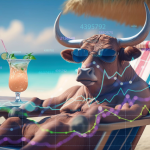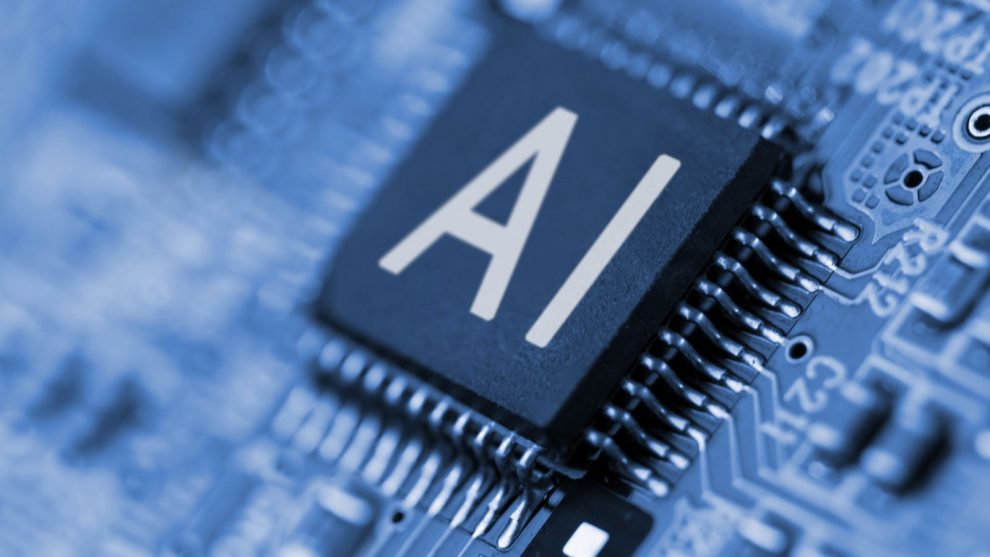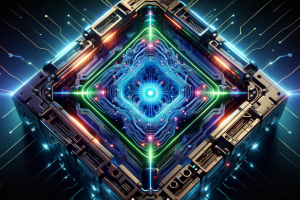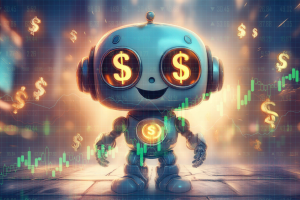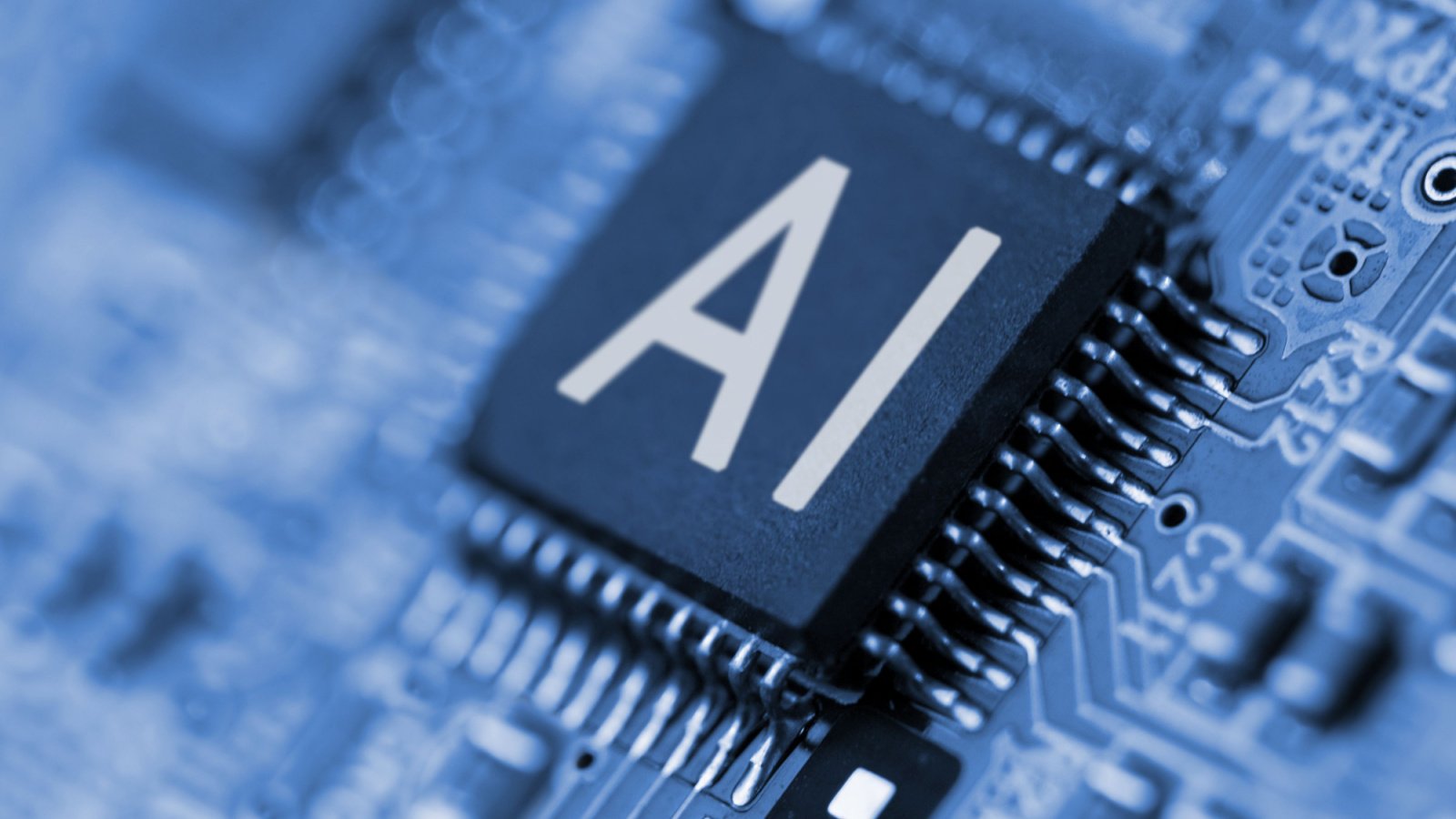
Companies have life cycles just like people do.
Nvidia’s (NASDAQ:NVDA) fall in July told some investors this is a mature company past the peak of growth, one that will evolve into a value stock. It’s up an astounding 2,654% over the last five years. NVDA stock can’t possibly keep rising, can it?
After hitting over $130 in June, Nvidia briefly fell below $100 per share before recovering to $110. The next date to watch is Aug. 28, when it reports third quarter earnings.
Before deciding whether to jump back in or abandon ship, it’s time to revisit Nvidia’s AI vision.
Jensen’s Dreams
Nvidia is fortunate co-founder Jensen Huang remains at the helm. Like Intel (NASDAQ:INTC) legend Andy Grove, and unlike Grove’s successors, he’s a product guy. Product guys (or gals) grow their companies for customers, not just stockholders.
Huang is focused on evolving his AI chips, derived from graphics processing units (GPU). Today’s H-100 Hopper will become next year’s B-100 Blackwell and, in 2026, the R-100 Rubin, named for astronomer Vera Rubin.
The designs use “Huang’s Law” a belief that progress with number-crunching chips can move faster than circuit densities. They do this mainly by getting bigger. While Nvidia chips are now sold to data centers, the modern equivalent of mainframes, they should evolve over time to single server racks, server boxes and eventually to tomorrow’s PCs and laptops.
The result will be computers like those found in Star Trek. They will offer a variety of interfaces, insanely rapid absorption of huge data sets and instant analysis beyond anything the human mind is capable of.
In terms of AI’s evolution, Huang believes we’re where PCs were in the 1970s. It’s not that far-fetched, since Nvidia began its rise making graphics cards for gaming PCs.
Jensen’s Nightmares
There are two problems with this vision, which are behind the recent fall in NVDA stock.
First is the energy consumption of the Hopper AI chips. It’s unsustainable.
Blackwell and Rubin will use even more energy. Nvidia talks about efficiency. But customers are now taking coal plants out of mothballs and dreaming of nuclear reactors.
Second is the nature of current AI software. The first version of OpenAI’s ChatGPT was a revolution. The fourth iteration isn’t. Large language models (LLMs) are prone to “hallucinations,” creating impossible answers because their analysis lacks real world structure.
This leads to AI drawing people with three hands. It leads to self-driving cars running into pedestrians. Today’s AI is Spock, demanding logic, in a world of illogical Kirks.
To AI scientist Gary Marcus, this means the generative AI boom is about to bust. It may have busted in July. That’s when analysts decided the industry’s earnings and growth rate were not good enough.
If LLMs are a dead end, it means AI must evolve through software. We need new algorithms and new ways of modeling intelligence. While Nvidia software can model a variety of AI algorithms, it can’t model those that don’t yet exist. Things need to be invented for AI to move ahead.
The Bottom Line
The boom that began with ChatGPT in November 2022 is busting. But that’s different from claiming AI is just another “metaverse.”
Jensen Huang’s dream is not dead. The hardware is just ahead of the software. Reaching true “artificial intelligence” first requires us to think about what makes real intelligence. That’s going to take time, and it’s going to evolve alongside AI hardware, maybe even behind it. You can’t rush science.
What does this mean for investors? If you’re 20, 30 or 40, buy NVDA stock when it dips for your retirement account. If you’re 70 or 80, you may not have time to wait.
On the date of publication, Dana Blankenhorn held a LONG position in INTC. The opinions expressed in this article are those of the writer, subject to the InvestorPlace.com Publishing Guidelines.
On the date of publication, the responsible editor did not have (either directly or indirectly) any positions in the securities mentioned in this article.

